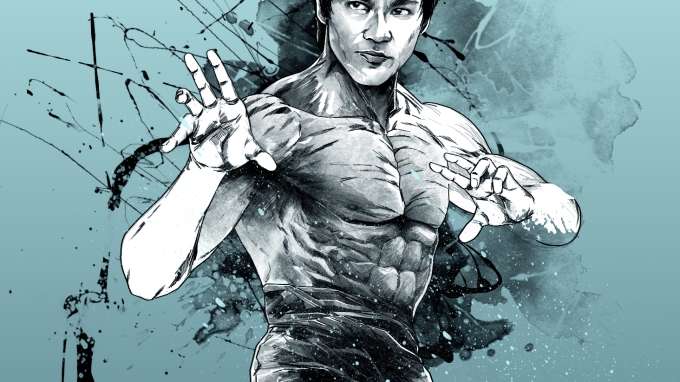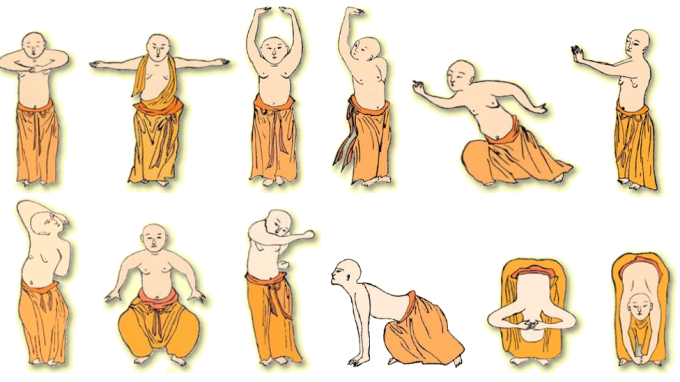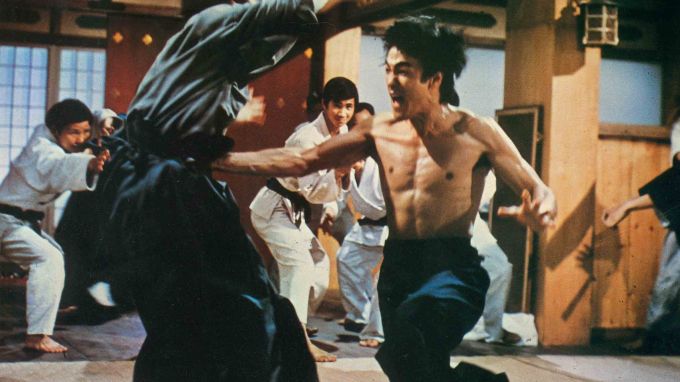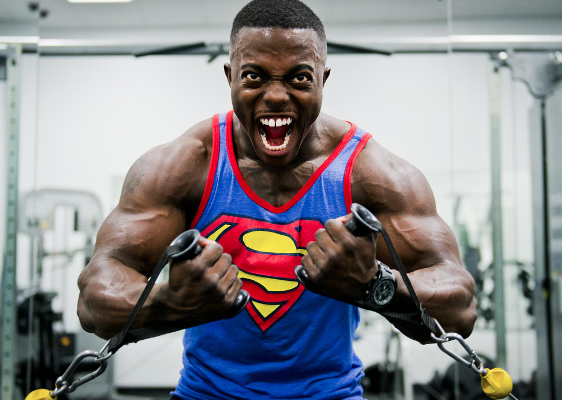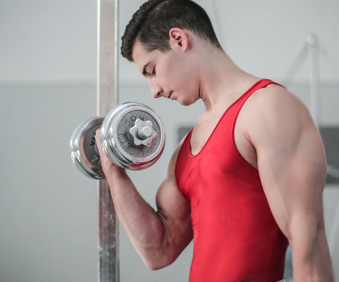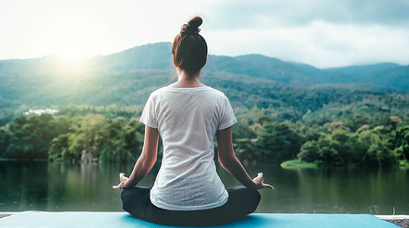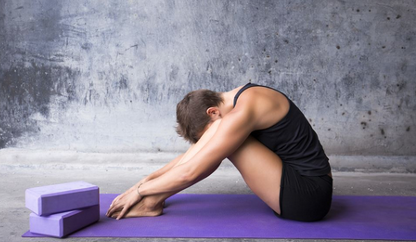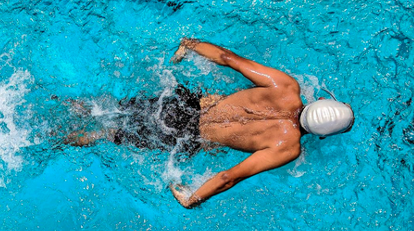by Steve Grogan
Many martial artists have a long way to go when it comes to physical fitness. This is due to the following:
- They are looking at exercise in the wrong way.
- They think that, with all the time they devote to martial arts training, there is no way they could fit an exercise routine into their schedule.
Their opinions on both of these fronts is misinformed. The goal of this article is to set the record straight.
First, you will be given an alternate way to look at exercise.
Second, you will learn about a method of exercise that not many people know about: High-Intensity Resistance Training.
CHANGING YOUR PERSPECTIVE ON EXERCISE
There are many martial arts students who don’t see any benefit in strength training. This is because martial arts styles sell the promise that if a person knows more about body mechanics and the proper way to generate power, they will be able to hit harder than a bigger, stronger opponent.
This is true to a certain extent. However, this statement reveals that martial artists are missing the point of the exercise. Its purpose is not mainly to gain muscle (that is just a byproduct); its purpose is to make you healthy.
Many martial arts teachers look down on strength training because they believe in the myth that lifting weights will somehow make you tense all the time. (Nothing could be further from the truth, although that is a subject for another article.)
Lifting weights will not make you a muscle-bound oaf. That is an incorrect assumption for two reasons:
- Not everyone even has the genetic potential to gain as much muscle as the guys in bodybuilder competitions.
- Having more muscle is not a bad thing.
Stronger muscles allow you to perform your techniques with more explosiveness, which means more hitting power. Since hitting harder than your adversary is the name of the game, it is obvious how being stronger is ideal.
With that covered, we must now answer every martial artist’s greatest conundrum: “How could I possibly fit an exercise program into my schedule when I already spend so much time going to class, practicing forms, sparring, etc.?”
THE ANSWER – HIGH-INTENSITY RESISTANCE TRAINING
Most gyms and personal trainers push programs where you need to work out five to six days per week, for an hour or longer. Given the amount of time that a martial artist spends on going to class and training on their own, this is a tall order.
Plus, we cannot ignore the fact that martial artists have more in their lives than just their art. They have full-time jobs (complete with commute time), romantic partners, kids, friends, and errands. In other words, they are just as busy as everyone else.
Another problem with these programs is that there is not a lot of downtime between workouts and/or martial arts classes. If you go to a Gut-Busting Boot Camp on Monday night and then go spar on Tuesday night, you are more likely to get injured.
The more you exercise, the more wear and tear you put on your body. With each opening and closing of your joints, you run the risk of injury, not just in the form of hurting the joints themselves, but also of muscle pulls and the like.
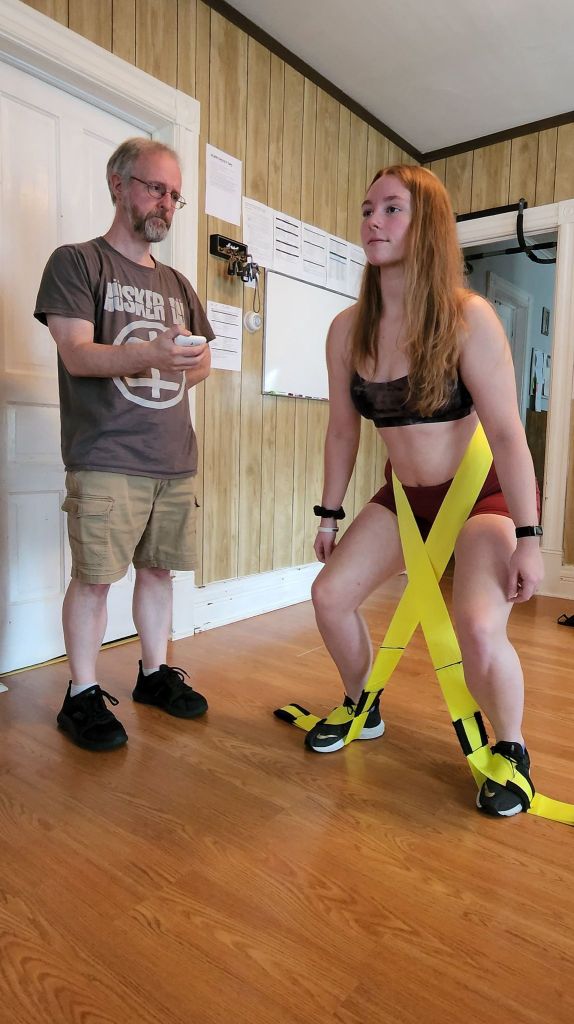
Therefore, the answer must be the opposite of what the “experts” say: we need less exercise. This sounds counterintuitive, but if you change how you think about exercise, it will make sense.
Here is how you look at exercise: think of it as medicine.
Let’s say someone is diagnosed with some physical ailment that will require them to constantly take medicine for the rest of their lives. The doctor puts them on Medication A at a dosage of 10mg and says, “Take this twice a day.”
There is no effect.
The doctor says, “Try Medication B at 15mg, once per day.”
Still no change in the patient’s condition.
The doctor says, “Hmmm…you felt a little better on Medication A, right? Just not completely better. So…let’s put you back on that one at a dosage of 20mg, three times per day.”
The patient winds up in the ER. Feeling guilty over his error, the Doctor looks over the charts once more and says, “Okay, same medication, but 15mg twice per day.”
Suddenly, the patient is doing wonderful. In fact, they rebound so dramatically that no one suspects anything was ever wrong!
What is the lesson we can learn from this?
To paraphrase Dr. Doug McGuff (author of the book that got me interested in this method: Body by Science), it needs to be the right medication, the right dosage, and the right frequency.
The same holds true of exercise. Do too much, and you might overtrain. However, if you do too little, your muscles will atrophy (break down), and you’ll lose whatever gains you had.
WHAT IS THE HIGH-INTENSITY RESISTANCE TRAINING DIFFERENCE?

Executive Decision: I am going to abbreviate this as “HIRT” going forward to save some space.
Go to the gym, and what do you see? There’s some guy in the corner doing bicep curls, making the weights go up and down as fast as he can so he can bang out some arbitrary number of repetitions within a certain time limit.
Not only is this dangerous (swinging super-heavy weights in a fast manner can definitely lead to ligament tears, muscle pulls, etc.), but it isn’t even really a workout because he’s making the weight go up and down via momentum instead of muscular work!
HIRT workouts consist of a series of anywhere from 5-12 moves. Usually, there is one exercise per muscle group. These are performed in a slow and controlled manner; ideally, you want to move the weight for at least five seconds in both directions. When your limbs are at their fullest extension, you do not lock them out. (Otherwise, this means your skeleton is supporting the load, and there is no tension on the muscle.)
Conversely, when you bring the limbs back, you do not set the weight all the way down. This is because your muscles are in their weakest position at that point, and it will be harder for you to get the weight moving again.
You do this for one set. Then you move to the next exercise. Keep going until you are done, and that is it.
Yes, you read that right. With HIRT, there is:
- No warm-up. You move so slowly that there is no need.
- No stretching. In fact, stretching can do more harm than good. (That would be best explored in another article.)
- No cooldown. Actually, that isn’t 100% true: there is a cooldown portion: when you walk from the gym to your car.
- Also, no need for a separation of strength training and cardio days. You will find that, aside from getting stronger, the HIRT method gives you cardio improvements.
HOW DOES HIRT BENEFIT A MARTIAL ARTIST?
Now that we’ve outlined the way to do a HIRT workout, let’s look at the reasons why this is perfect for martial artists.
- It is time-efficient. When you are doing only a half hour once a week, it should be easy to figure out how to fit martial arts training and exercise into your schedule.
- No risk of injury. Due to the slow and controlled manner of the exercises, there is no way you are going to pull or tear something. In fact, you won’t even need a warm-up!
- No risk of overtraining. The danger of the 6-days-per-week routines is that, when combined with martial arts training, the odds increase that you could hurt yourself. If you’re working out only once a week, that is nearly impossible.
The reason I say “nearly” impossible is because that depends on how strenuous your martial art training is.
The main concern here revolves around the activity of sparring. If your school has sparring, you’ll want to skip that activity for at least two days after your workout.
You can still practice forms and techniques, as well as run through some self-defense scenarios, but you will be far too drained to do anything as intense as sparring.
WHAT DO HIRT WORKOUTS LOOK LIKE?
I am not asking anyone to watch this entire video. (It is 41 minutes.) However, it is here for those who want to know more.
Follow Me Through My High-Intensity Resistance Training Workout
CAN THIS BE DONE AT HOME?
After seeing all the fancy equipment in that video, you might wonder, “Can I do it if I don’t have access to all that gear?”
The answer: YES! In fact, here is another video where I show you how little gear you’d need to do this at home:
Gear Needed to Do HIRT at Home (Plus a Cat)
CONCLUSION & ONE FINAL RESOURCE – THE AUTHOR HIMSELF
Hopefully, this article has presented a clear picture, showing why this training methodology is perfect for a martial artist.
Before leaving, I want to extend one final resource to you: namely, myself. If no facilities near you teach this exercise, and you really want to try it, you can contact me. (All contact information and links are in my Bio at the end of this article.)
Here’s to a fitter, happier, healthier you.
BIO: Steve Grogan has been a practitioner of Wing Chun Kung Fu since early 1995. He started doing High-Intensity Resistance Training in January 2020. At that time, he weighed 241 pounds. By July 2020, he was down to 175.
His passion for the effectiveness of this training method inspired Steve to become a Certified Personal Trainer, which he achieved in August 2022. If you are interested in learning more about High-Intensity Resistance Training and maybe even want to try a complementary lesson (Steve can do them in person or remotely), visit his site: https://cdhirt.com/
You can also reach him in the following ways:
EMAIL – stevegrogan@stevegrogansbf.com
TIKTOK – https://www.tiktok.com/@stevegrogansbf
INSTAGRAM – https://www.instagram.com/stevegrogansbf/

